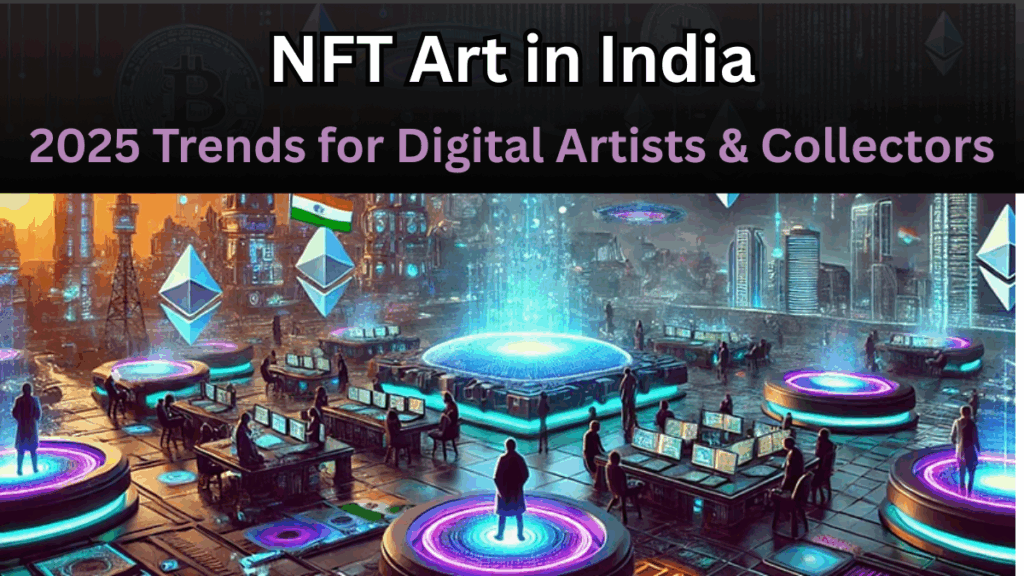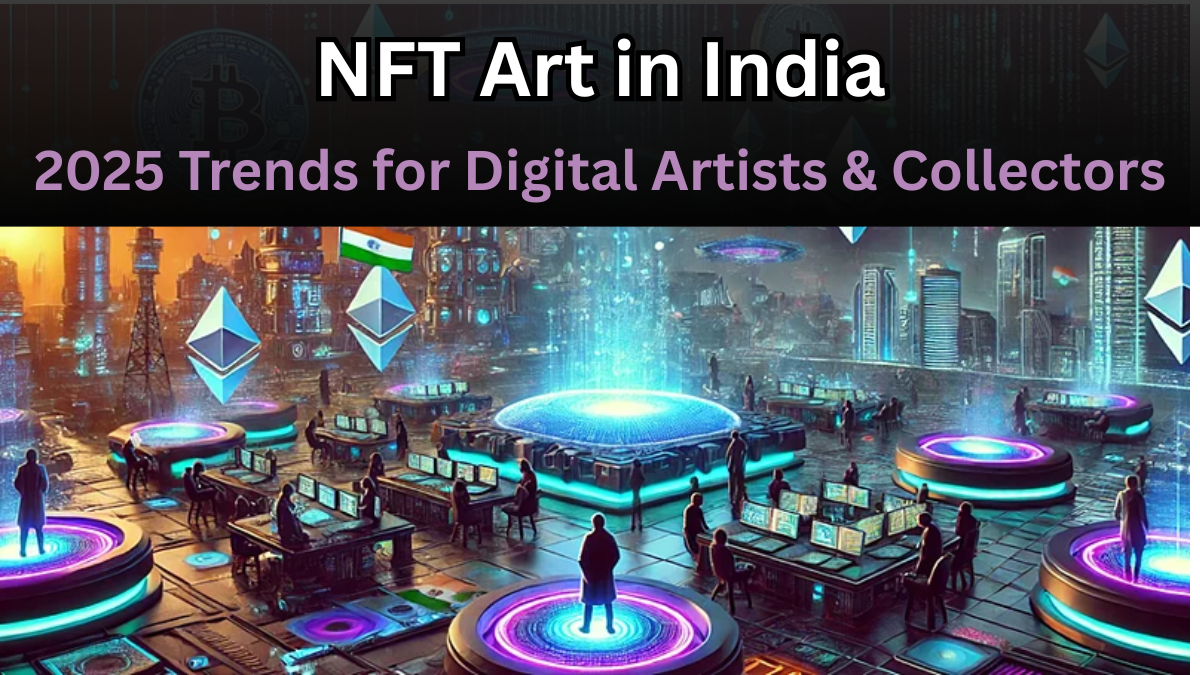The art world is evolving faster than ever, and Virtual Art Exhibits are at the heart of this transformation. As technology meets creativity, artists, galleries, and audiences in India 2025 are redefining the way we experience art.
With the growing need for accessibility and innovation, these exhibitions are no longer just about showcasing art – they’re about creating immersive journeys for art lovers across the globe.

Why Virtual Art Exhibitions Are Gaining Popularity
In 2025, art is no longer confined to gallery walls. Virtual Art Exhibits bring the beauty of Indian and global artworks into our homes, making them accessible to everyone.
Here’s why they are gaining momentum:
-
Accessibility: Viewers from any part of the world can experience Indian art collections without travel.
-
Affordability: Virtual exhibitions cost less than traditional setups, making them appealing for both artists and organizers.
-
Engagement: Interactive features like live chats with artists and virtual walkthroughs enhance user experience.
-
Inclusivity: From seasoned collectors to curious newcomers, anyone can enjoy these exhibits.
Key Trends in Virtual Art Exhibitions for 2025
The digital art scene in India 2025 is buzzing with innovation. Here are some of the most exciting trends:
Immersive 3D Galleries
Artists and curators are using 3D environments to replicate real-life gallery experiences. Visitors can now “walk through” an exhibition from their laptop or VR headset.
AI-Powered Curation
Artificial Intelligence helps create personalized exhibition tours based on a visitor’s preferences, making every experience unique.
NFT Integration
Non-Fungible Tokens (NFTs) are giving artists new ways to monetize their work while providing buyers with verifiable digital ownership.
Collaborative Exhibitions
Multiple galleries are coming together to host joint Virtual Art Exhibits, showcasing diverse styles and cultural influences under one platform.
Hybrid Events
While virtual experiences dominate, hybrid exhibitions (both physical and online) are becoming a norm, catering to a wider audience.
A Quick Look: Virtual Art Exhibitions vs. Traditional Exhibits
Feature |
Virtual Art Exhibits |
Traditional Exhibits |
|---|---|---|
Accessibility |
Global, from any location |
Limited to venue visitors |
Cost |
Lower setup & participation |
Higher logistics & rentals |
Interactivity |
Live chats, AR/VR experiences |
In-person interactions |
Audience Reach |
Unlimited |
Limited by venue capacity |
How Artists Are Benefiting
For artists in India 2025, these exhibitions are more than just showcases – they’re opportunities for growth.
-
Increased visibility across international audiences
-
Direct sales opportunities through integrated e-commerce platforms
-
Creative freedom to experiment with digital formats and interactive storytelling
Looking Ahead
The rise of Virtual Art Exhibits is reshaping India’s art landscape. In India 2025, we can expect even more innovation as technology and creativity merge, making art more inclusive, interactive, and inspiring than ever before.
FAQs
What makes Virtual Art Exhibitions unique compared to traditional ones?
They offer global accessibility, interactive features, and often cost less to organize while reaching a much larger audience.
Are these exhibitions suitable for serious art collectors?
Absolutely. Many virtual platforms provide secure transactions and even integrate NFTs for verified digital ownership.
How can artists participate in Virtual Art Exhibits?
Artists can collaborate with online galleries, participate in curated digital events, or host independent virtual exhibitions using specialized platforms.
Will Virtual Art Exhibitions replace physical ones entirely?
Not likely. Instead, we can expect more hybrid exhibitions combining physical and virtual experiences to cater to diverse audiences.
Click here to learn more
